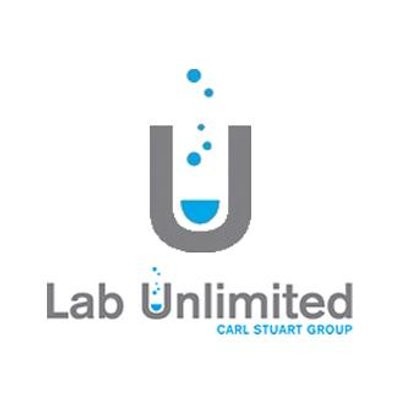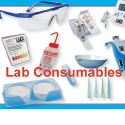Pipetting: Are you Doing it Wrong?
27 August 2018The experts at BioSistemika know that inconsistent pipetting can interfere with your application results and even cause experimental failure.
To make sure your pipetting technique is spot on, they have put together 12 simple tips you can follow to improve your pipetting technique!
1. Pre-Wet the Pipette Tip
Evaporation in the tip can cause sample loss before delivery, so make sure to aspirate and expel any samples at least 3 times. This increases humidity in the tip and reduces sample evaporation.
2. Immerse Tip in the Proper Depth When Aspirating
Too little immersion can lead to air aspiration where too much immersion can cause samples to cling to the outside of the tip. Aim for immersing the tip below the meniscus.
3. Pause After Aspiration
After the plunger stops the liquid in the tip might still be moving, so leaving the tip in the liquid for about one second after aspirating the sample will help keep the volume of sample correct.
4. Keep Plunger Pressure & Speed Consistent
The better consistency you achieve while aspirating and dispensing – applying the same force and speed – the better, more repeatable your results will be.
5. Take the Pipette Straight out
Always hold the pipette vertically, as holding the pipette at an angle or touching the sides of the container might alter the volume of the sample.
6. Check the Tip Before Dispensing
Gently remove any droplets from the outside of the tip, avoiding the tip opening, as absorbent material can draw sample out of the tip.
7. Check the Tip After Dispensing
Remove the tip after dispensing, while pressing the second stop of the plunger to avoid sample re-aspiration. Also, dispensing the sample with the tip touching the side of the container helps delivering any residual sample in the tip.
8. Standard Mode Pipetting
With aqueous samples, choose “standard” over “reverse” pipetting mode, as in reverse mode the pipette tends to deliver more than the calibrated volume.
9. The Right Pipette
The volume range in the pipette is everything. The closer it is to the volume of your sample, the more accurate your results will be.
10. The Right Tip
Make sure the tips are high quality with airtight seal to minimize pipetting force and are free of moulding defects. However, the most important thing to consider is that mismatched tips and pipettes can result in inaccuracy, imprecision, or both.
11. Ambient Temperature Balance
Try to reach a temperature balance between the liquid and the equipment. Working at a single, constant temperature improves overall precision, as it helps to minimise variations in air pressure, relative humidity and vapor pressure of the liquid.
12. Keep Pipette Handling to a Minimum
Always wear gloves when pipetting to reduce heat transfer, put it in the stand or set it on the bench when not in use and avoid handling pipette tips or containers of samples yet to be pipetted.
Read the full article on our website: https://www.labunlimited.co.uk/cms/cms.jsp?menu_id=34728



